As women, whether we are managing household expenses, planning our children’s future, or saving for our own dreams, small changes in the financial world can have a big impact on our everyday life.
One such important financial term is the Repo Rate and its cousin, the Reverse Repo Rate. Don’t worry, these are not scary words. Think of them like the “price tag” of borrowing money. Once you understand this, you’ll know why sometimes your EMIs go up, why gold schemes become attractive, or why your FD returns may change.
Let’s break it down repo and reverse repo rate of RBI simply in this blog for you,
What is Repo Rate?
Imagine you ran out of sugar at home. You quickly borrow a cup of sugar from your neighbor, to be paid back later. But instead of paying her back with just the sugar, you also give her a chocolate as a “thank you” for helping you out!
Similarly, banks sometimes run out of money, so they go to the RBI (Reserve Bank of India) to borrow money for a short time. Instead of chocolates, they pay interest. The interest that banks pay to the RBI is called the Repo Rate.
When the Repo Rate increases, borrowing becomes expensive for banks, so they also make it expensive for us (higher home loan or car loan EMIs). When the Repo Rate decreases, borrowing becomes cheaper for banks, so they may also reduce your EMIs. Example: If you have a home loan of ₹30 lakhs, a 0.5% change in repo rate can change your EMI by hundreds or even thousands every month if your loan is a floating rate. If you have a loan that has a fixed rate, then a repo rate change doesn’t impact your EMI.
Repo rate change impacts new loans and floating-rate loans’ interest rates.
What is Reverse Repo Rate?
Now let’s look at the reverse situation. Let’s say your neighbor suddenly has more sugar than she needs at home. She gives you some sugar and says, “Keep it safe, and I will take it back from you later. And, I will give you a chocolate for helping me.”
In financial world, sometimes banks have more money than they need or can lend out to you in loans (typically to individuals and/or businesses). The bank lends this money to the Reserve Bank of India (RBI) to keep it safe. RBI pays the bank some interest on it, which is referred to as the Reverse Repo Rate.
If the Reverse Repo Rate increases, banks will continue to lend money, but will prefer to lend it to RBI rather than to borrowers like you, since there is less risk (they are getting paid back by the RBI) and are getting some interest for the lending the money to RBI.
If the Reverse Repo Rate decreases, banks will feel more encouraged to extend their loans to people and businesses instead of parking the extra money with RBI.
Why Should You Care?
- For your EMIs: A change in repo rate directly affects your loan EMIs.
- For your Savings: Fixed deposit (FD) and savings interest rates depend on these rates too.
- For your Shopping Budget: Higher repo rate may mean slower growth, less spending in the economy, and sometimes even price stability. Lower repo rates may encourage more spending.
Think of Repo and Reverse Repo rates as the remote control that RBI uses to balance India’s economy.
As women, we juggle many roles – daughter, wife, mother, professional, homemaker. Understanding these simple concepts helps us make smarter financial decisions. Next time someone says, “RBI increased the repo rate,” you’ll know it’s not just financial jargon—it could affect your monthly EMI, your savings returns, and even your household budget.
So, ladies, the next time you sit for your chai and chit-chat with friends, you can confidently explain what repo and reverse repo rates mean. After all, financial power is not just about earning money—it’s about understanding money.
FAQs
Why does RBI change repo and reverse repo rates?
RBI changes the repo rate & reverse repo rates to balance inflation & growth and to manage banking-system liquidity. Raising the repo cools demand and prices; cutting it spurs borrowing and activity. Adjusting the reverse repo helps absorb or release excess money and signals the policy stance to markets.
Can repo and reverse repo rates impact the stock market?
Yes, It does affect the stock market and it majorly affects the banking, real estate and auto stocks.
Further read:
